Healing After Tooth Extraction
Tooth extraction is one of the most common dental procedures and may be necessary for a variety of reasons – from advanced caries and tooth fractures to orthodontic indications. Although the procedure itself is usually quick and painless thanks to modern anesthesia, the healing process after tooth extraction requires time, careful home care, and compliance with the dentist’s instructions. Proper healing after tooth extraction is key to preventing complications and a quick return to normal life.
The first stage of healing – formation of a blood clot
Immediately after tooth extraction, a blood clot forms at the wound site. This clot is necessary because it protects the bone and nerve endings and serves as the basis for the formation of new tissue. If it is disrupted, a painful condition called dry socket may occur. In the first hours after tooth extraction, it is important to avoid activities that could loosen the clot – for example, drinking through a straw, intensive mouth rinsing, or smoking.
Postoperative swelling and pain
Swelling and mild pain are common reactions of the body after tooth extraction. These symptoms usually peak within 24–48 hours after the procedure and then gradually subside. To alleviate them, it is recommended to apply an ice pack to the face for 15–20 minutes with breaks, take analgesics as recommended by the doctor, and/or rest and avoid physical exertion
Diet during healing after tooth extraction
After tooth extraction, it is advisable to eat soft, cold or lukewarm food - for example, yogurts, smoothies, soups or mashed potatoes. It is necessary to avoid hot foods and drinks, hard and crunchy foods, and alcohol. A gradual return to a normal diet is possible depending on how the wound heals, usually after 5–7 days.
Oral hygiene after the procedure
Proper hygiene is key to preventing infection during healing after tooth extraction. It is not recommended to rinse your mouth or brush the wound area with a toothbrush for the first 24 hours after the procedure. From the second day, you can gently rinse your mouth with an antiseptic solution or lukewarm salt water and carefully brush the other teeth with a soft toothbrush.
The healing process after tooth extraction occurs in individual stages:
Day 1 – formation of a blood clot, beginning of healing.
Days 2–3 – peak of swelling, decreasing bleeding, pain gradually subsides.
Days 4–7 – swelling and pain subside, new tissue begins to grow.
Weeks 2–3 – the wound is closed with soft tissue, and the risk of complications decreases.
Weeks 6–8 – bone remodeling takes place at the site after tooth extraction.
Possible complications during healing after tooth extraction
Although most extractions are successful, complications can occur, such as:
- Dry socket (alveolitis) – severe pain, often accompanied by bad breath.
- Infection – manifested by fever, swelling, and purulent discharge.
- Prolonged bleeding – requires a doctor’s check-up.
- Damage to surrounding structures – rare, but possible with more complex extractions.
If a complication is suspected, it is necessary to visit a dentist as soon as possible.
In Conclusion
Healing after a tooth extraction is a process that requires patience and careful home care. Following your dentist's recommendations, maintaining good oral hygiene, and following a healthy lifestyle are the keys to a speedy and trouble-free recovery. While tooth extraction can be a stressful experience for the patient, thanks to modern dentistry and an effective postoperative regimen, most people can return to their normal lives within a few days.
Proper care during the healing period after a tooth extraction not only minimizes the risk of complications but also ensures that the outcome of the procedure will be successful in the long term. Contact us today for more information or to set up an appointment!
